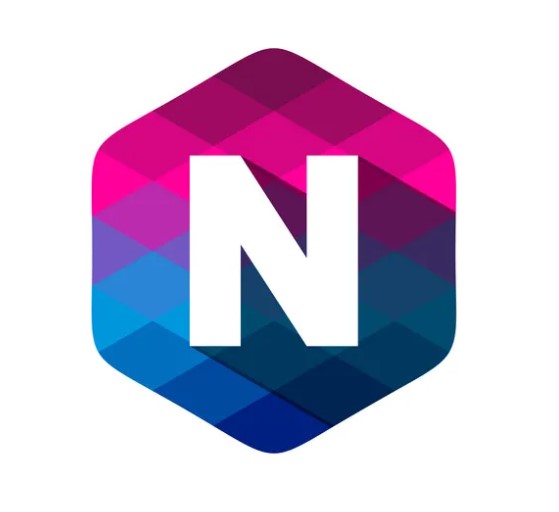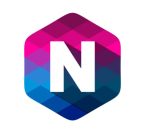Email Marketing Strategies
Negotiation is a skill well worth mastering – by putting …
What you'll learn
Building a targeted email list
Crafting personalized and engaging email content
Using segmentation and personalization to target specific audiences
Optimizing email delivery and timing
Designing visually appealing emails
Incorporating calls-to-action (CTAs) to drive engagement and conversions
A/B testing subject lines, email content, and CTAs
Analyzing email campaign performance to refine and improve future campaigns
Automating email campaigns for increased efficiency and effectiveness
Complying with relevant regulations and best practices, such as GDPR and CAN-SPAM laws.
Email Marketing Hacks
An Email Marketing Hacks Workshop is a specialized training session …
What you'll learn
Leveraging social proof and authority to increase trust and credibility
Using scarcity and urgency to encourage action and conversions
Personalizing email content to create a more personalized experience for the recipient
Incorporating interactive elements, such as quizzes and surveys, to increase engagement and interaction
Utilizing trigger-based emails to automatically send targeted emails based on user behavior or actions
Experimenting with emojis and symbols in subject lines to stand out in the inbox
Creating curiosity-based subject lines to entice the recipient to open the email
Using automated email sequences to nurture leads and increase conversions over time
Including user-generated content, such as customer reviews and testimonials, to increase social proof and credibility
Incorporating gamification elements, such as rewards and badges, to increase engagement and loyalty.
What you'll learn
Clarity: Emails should be clear and easy to understand. Use a concise and straightforward language, and make sure your message is easily scannable.
Personalization: Personalize your emails by using the recipient's name and tailoring the content to their interests or preferences. This can help create a more engaging and relevant experience.
Mobile optimization: Make sure your emails are optimized for mobile devices, as many people access their email on smartphones or tablets.
Visual design: Use an appropriate visual design for your emails, including fonts, colors, images, and formatting. This can help make your emails more visually appealing and engaging.
Call-to-action: Include a clear call-to-action (CTA) in your emails to encourage recipients to take action. Whether it's to make a purchase, sign up for a newsletter, or download an ebook, make sure your CTA is prominent and easy to follow.
Spam avoidance: Avoid using spammy tactics in your emails, such as overly promotional language, excessive use of exclamation marks, or misleading subject lines. This can help improve the user experience and prevent your emails from ending up in the spam folder.
Email Marketing & SMTP
An Email Marketing & SMTP Workshop is a training session …
What you'll learn
Email list segmentation: Segment your email list based on demographics, interests, or past behavior to create more targeted and relevant campaigns.
Personalization: Personalize your emails by using the recipient's name and tailoring the content to their interests or preferences. This can help increase engagement and conversions.
A/B testing: Test different subject lines, email copy, images, and calls-to-action to optimize your email campaigns and improve performance.
Opt-in and opt-out: Make sure you have a clear opt-in process for your email list, and include an easy-to-find unsubscribe link in your emails. This can help build trust with your audience and ensure compliance with email marketing regulations.
Email automation: Use automation tools to send triggered emails based on specific actions or events, such as abandoned cart reminders or welcome series.
SMTP (Simple Mail Transfer Protocol): SMTP is the protocol used to send email over the internet. Make sure you have a reliable SMTP service to ensure your emails are delivered properly and avoid getting marked as spam.
Email deliverability: Optimize your email deliverability by following best practices, such as avoiding spammy tactics, maintaining a clean email list, and regularly monitoring your email performance.
Copywriting Techniques
The Copywriting Techniques Workshop is a dynamic and engaging session …
What you'll learn
Headline Writing: Techniques to create attention-grabbing headlines that motivate readers to read on.
Power Words: Use of persuasive words to create emotion, urgency and engage with readers.
Storytelling: Techniques to weave stories into your writing to make it more compelling.
AIDA model: A classic copywriting formula that stands for Attention, Interest, Desire, and Action.
Social Proof: How to use customer reviews, case studies, and social proof to build trust with readers.
Call-to-Action: Tips to create compelling calls-to-action that encourage readers to take action.
Benefits vs. Features: Understanding how to highlight the benefits of your product or service rather than just its features.
Emotional Appeals: How to tap into your reader's emotions to make them feel more connected to your message.
Formatting: Strategies to make your copy visually appealing with headlines, subheadings, bullet points, and other formatting elements.
What you'll learn
Welcome emails: These are automated emails sent to new subscribers or customers to introduce your brand, provide important information, and set expectations.
Abandoned cart emails: These are automated emails sent to customers who have left items in their shopping cart without completing their purchase. They usually contain a reminder of the items left behind and sometimes offer a discount or promotion to encourage the customer to complete their purchase.
Drip campaigns: These are a series of automated emails sent over time to nurture leads and customers. They are often used for lead generation and to build relationships with customers.
Re-engagement campaigns: These are automated emails sent to subscribers who haven't engaged with your brand in a while. They aim to bring them back to your website, encourage them to make a purchase, or ask them to update their preferences.
Follow-up emails: These are automated emails sent after a specific action has been taken, such as a purchase or signing up for a free trial. They aim to provide additional information, ask for feedback, or promote related products.
Newsletter emails: These are regular automated emails sent to your subscribers to keep them updated on your brand, industry news, and promotions.
Event-triggered emails: These are automated emails sent in response to specific events, such as a birthday or anniversary, to provide a personalized experience for the recipient.
Product updates: These are automated emails sent to customers to inform them of product updates, new features, or bug fixes.
Email & Webinars
The Email & Webinars Workshop is a comprehensive training session …
What you'll learn
Effective email marketing strategies for small businesses
The role of personalization in email marketing campaigns
How to write engaging subject lines that increase open rates
Tips for optimizing email content for mobile devices
Best practices for building an email list and maintaining subscriber engagement
Creating engaging webinar content that resonates with your audience
The benefits of using webinars for lead generation and customer education
Best practices for promoting your webinar and increasing attendance
How to use webinars to build thought leadership in your industry
Tips for hosting successful virtual events and managing technical issues.
What you'll learn
Personalization strategies in email marketing using big data
Leveraging customer behavior data to improve email campaigns
Using big data to optimize email deliverability and open rates
Analyzing email engagement data to improve email content and design
Applying predictive analytics to identify the best time to send emails
Tracking and measuring the effectiveness of email campaigns using big data
Using big data to segment and target email campaigns to specific audiences
Leveraging data to improve email list hygiene and reduce spam complaints
Incorporating social media data into email marketing campaigns
Using machine learning to automate and optimize email marketing efforts.











